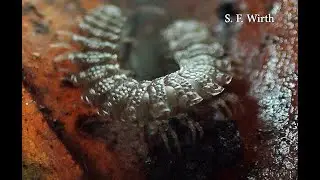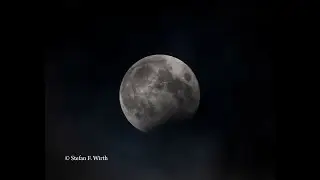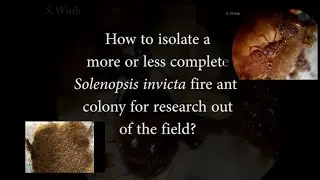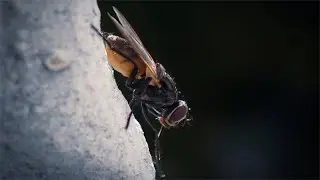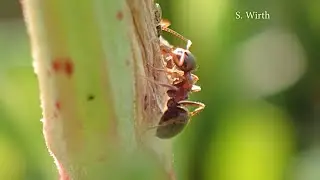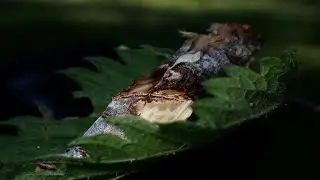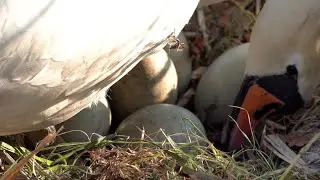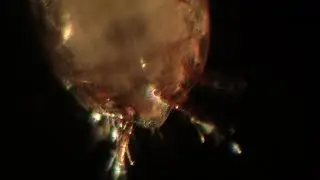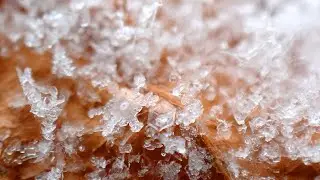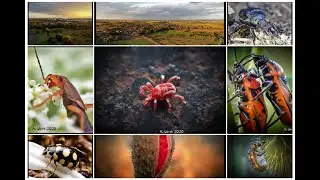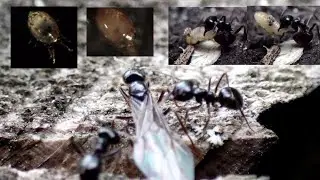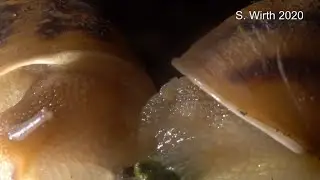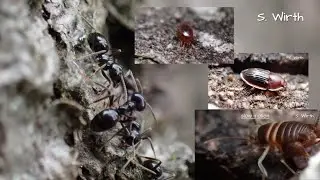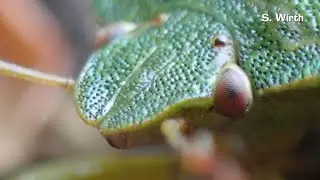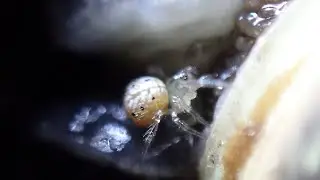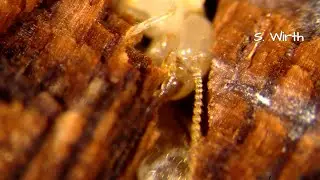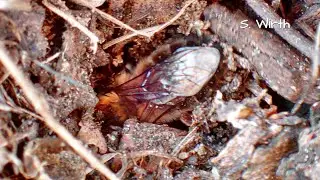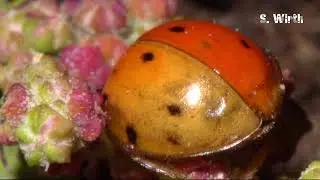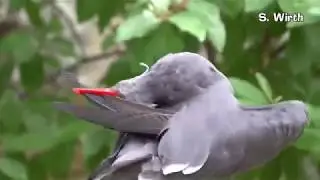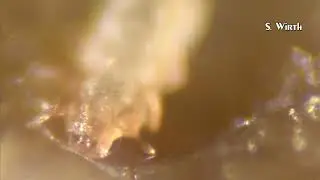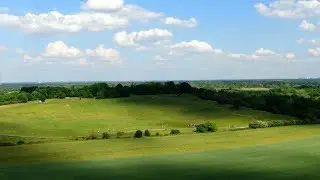Inca tern: hunting, plumage cleaning on shore and in the water (4K)
Inca terns live along the South American Pacific coast and breed along rocky coastlines of Peru and North Chile. They can be easily identified by their grey plumages, their distinctly red beaks and feeds as well by their conspicious white feather curls on the bases of their beaks.
Larosterna inca breeds inside rocky walls of coastlines either inside rocky cavities or in old nesting holes of other seabird species. Its hunting ground is the Humboldt Current, which is famous for its cold temperature, but also its enormous fish wealth. To incease its chances for fishing success, the Inca tern might follow sea lions, cormorants and whales and is then hunting fishes, which were flushed up by these bigger sea animals. They also follow fisher boats to catch some rests of their fishery.
According to phylogenetic reconstructions L. inca, which represents the only recent species of its genus, branches off in the Animalia tree within the monophyletic clade of terns. Based on DNA sequences E. S. Bridge, A. W. Jones and A. J. Baker reconstructed in their 2005 paper (Molecular phylogenetics and evolution) a sister-clade relationship between Larosterna and species of the taxa Sterna, Thalasseus and Chlidonias (mitochondrial DNA was used to reconstruct the tern phylogeny).
Terns themselves seem representing an own clade (Sternidae), being for example based on characters of behavioral pattern, and are considered as a sister taxon of gulls (Laridae).
My footage was recorded in the zoo Berlin, where terns together with other sea birds inhabit a for tourists accessible free-flight enclosure. There I captured scenes about the diving and "fishing" behavior (specimens fished repeatedly wooden sticks) as well as their plumage cleaning activities on shore and their conspicuous plumage cleaning behaviors via extended bathing trips inside areas of low water. Size of my entire video is 4K. But parts of the scenes were originally recorded in Full HD to enable a better slow motion effect based on 100 frames per second. Such footage was subsequently digitally magnified into the 4K size to fit in the entire video project.
All behavioral activities are at first presented in a slow motion (ca. three to four times slowlier than original speed), then in the much faster original speed.
Plumage cleaning is part of the hygienic behaviors of birds. Feathers can only stay in full function, thermo regulation and flying, when dirt and parasites are removed regularly. Typical plumage parasites are represented by feather mites (no phylogenetic clade), which consist of taxa of the Astigmata (Acariformes) and of taxa of the Dermanyssoidea (Parasitiformes). Feather lice represent a subclade of the (Phthiraptera = lice), named Mallophaga. The monophyletic situation of Mallophaga is seemingly doubtful.
I couldn't research sufficient information about specific plumage parasites of Larosterna inca. There is indication that terns generally are relatively free of predators and parasites. Seemingly, plumage parasites of this particular species are still a more or less open research field. But the existence of a regular and visibly careful plumage cleaning might indicate a sensitiveness for corresponding parasites. L. inca can be according to literature (e.g. W. Pieters et al., Avian Diseases, 2014) fatally infested with the trematode Ichthyocotylurus erraticus.
Copyrights Stefan F. Wirth, Zoo Berlin July/ September 2019
Смотрите видео Inca tern: hunting, plumage cleaning on shore and in the water (4K) онлайн, длительностью часов минут секунд в хорошем качестве, которое загружено на канал Stefan F. Wirth 24 Сентябрь 2019. Делитесь ссылкой на видео в социальных сетях, чтобы ваши подписчики и друзья так же посмотрели это видео. Данный видеоклип посмотрели 521 раз и оно понравилось 11 посетителям.






![Drake - Club Paradise [Extended]](https://images.reviewsvideo.ru/videos/OuFh_a9qcwg)



